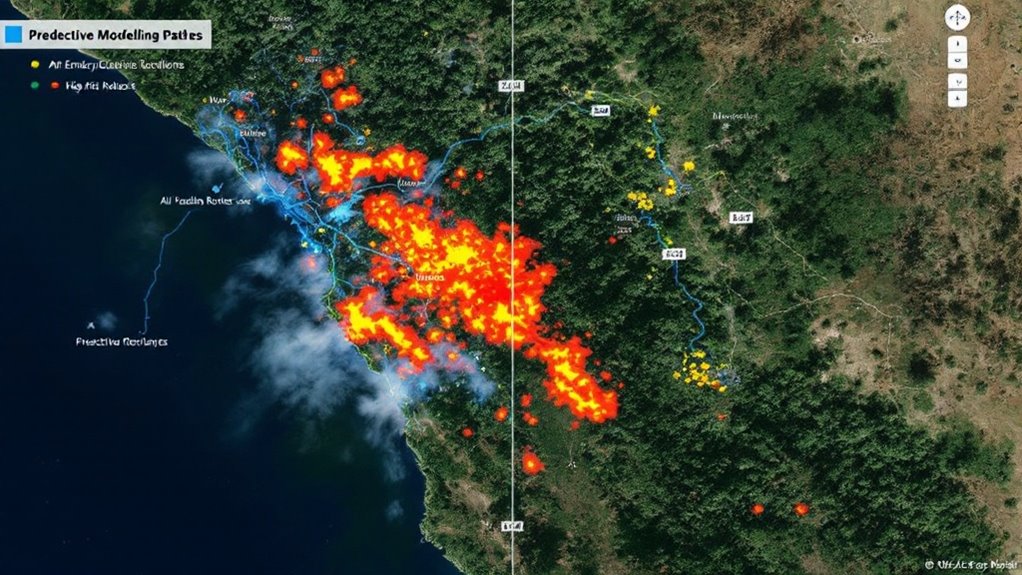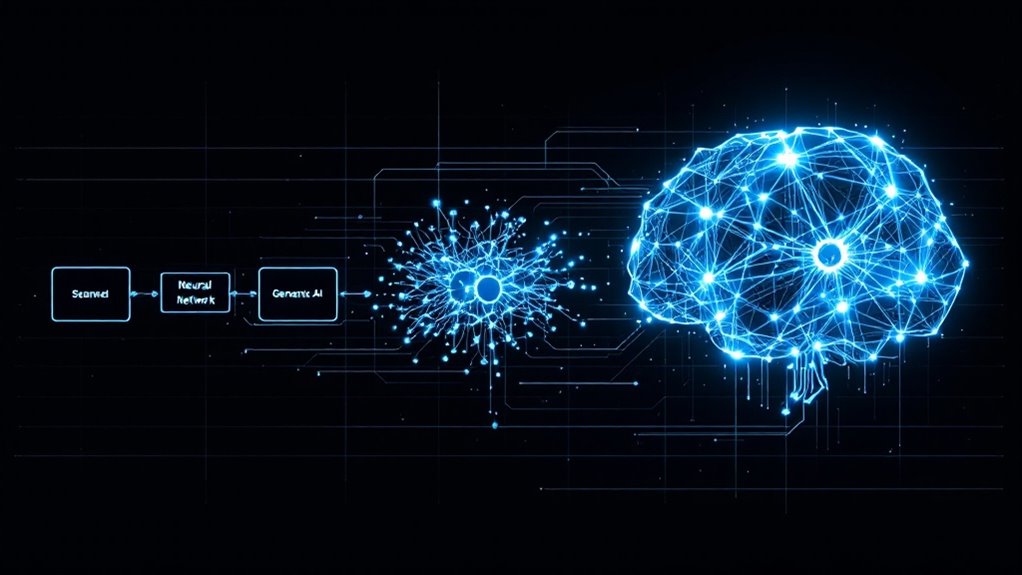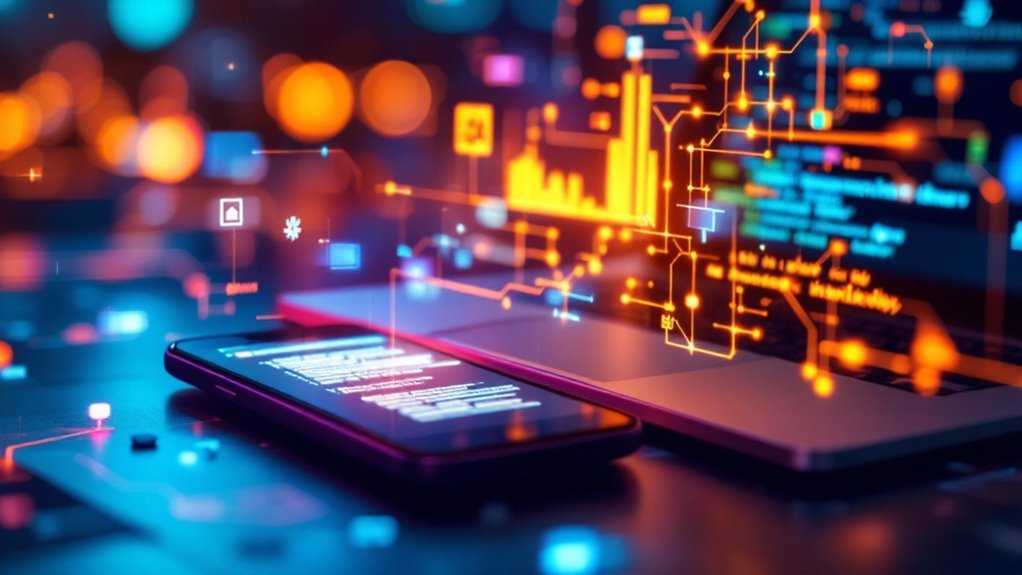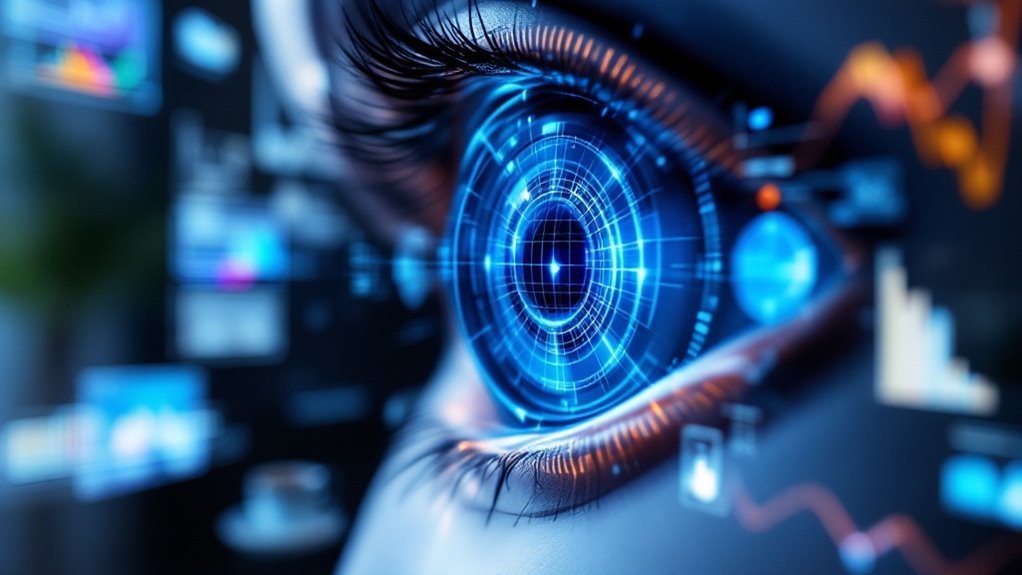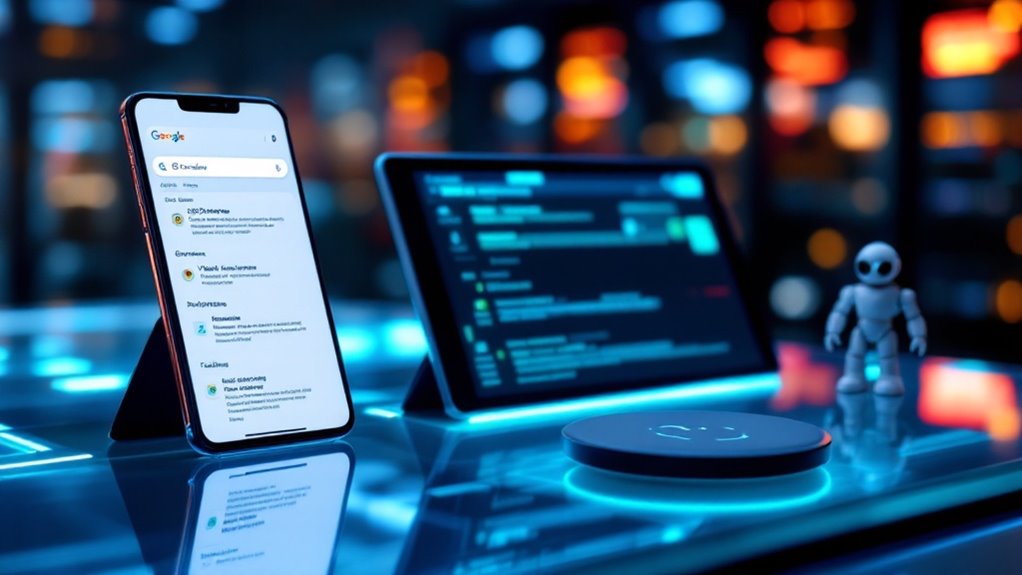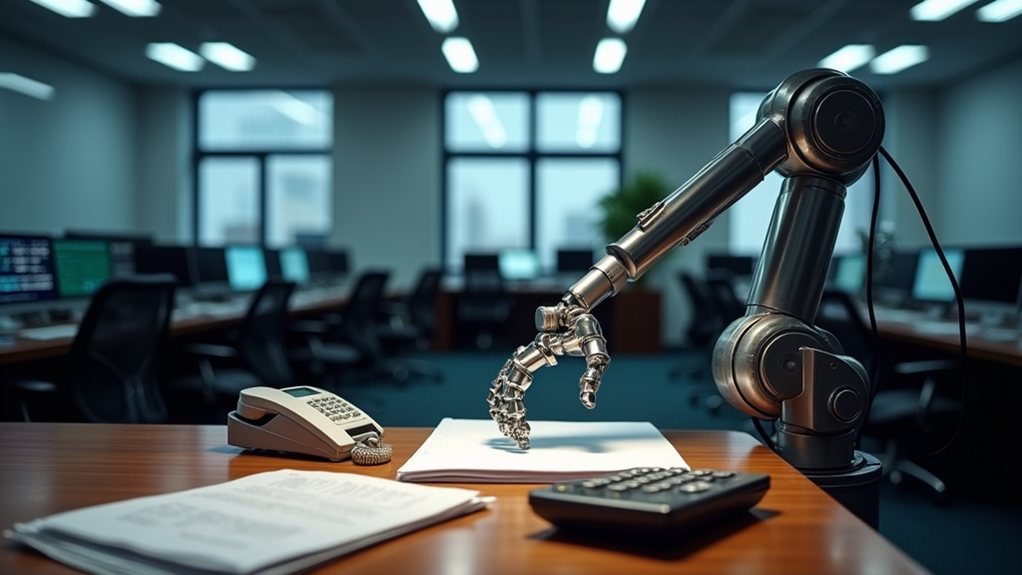AI isn’t just the villain in your favorite sci-fi flick—it’s working overtime for social good, especially in disaster management. AI helps forecast wildfires, predicts floods before your rubber boots are even needed, and organizes humanitarian supply chains faster than a caffeinated Tetris player. Think targeted rescue ops, early warnings, and more lives spared. Sure, AI isn’t patching levees itself (yet), but with startups and weather apps getting smarter, real impact is already happening. Stick around, it only gets more interesting.
Even if you haven’t noticed, artificial intelligence is everywhere—no, it’s not (yet) Skynet, but it is quietly saving the day in ways you might not expect.
AI is everywhere these days—no killer robots, just smart tech quietly stepping in to save the day.
Forget the robot apocalypse for now; instead, picture AI analyzing satellite images to predict wildfires before your marshmallows even hit the flames. Seriously, firefighters are using these digital crystal balls to map and attack fires faster, smarter, and with less risk to human lives. Startups like Atlas AI are leveraging hyperlocal economic conditions data to help communities recover and rebuild more effectively after disasters.
But it’s not just wildfires. AI has its virtual fingers in many pies, from predicting floods to managing hurricane warnings. Imagine your weather app, but on steroids—AI sifts through mountains of data from satellites and sensors, forecasting disasters and providing early warnings. The result? Communities have more time to get out of harm’s way, and emergency crews can swoop in where they’re needed most. No cape required. AI is also being used to forecast riverine flooding, giving communities up to seven days of advance notice to prepare and respond more effectively.
And when disaster strikes, AI doesn’t just sit around smugly saying “I told you so.” It gets to work, organizing relief efforts and making sure aid and resources actually reach the people who need them. AI crunches numbers, tracks supply chains, and avoids the classic ‘too many bottles of water, not enough blankets’ fiasco. It’s like having a logistics wizard who never sleeps.
Here’s a quick rundown of how AI flexes its disaster-response muscles:
- Predicting and mapping wildfires using satellite data.
- Forecasting floods and hurricanes to give communities a head start.
- Streamlining aid distribution so resources go where they’re needed—fast.
- Pinpointing affected areas for targeted rescue operations.
- Integrating early warning systems to minimize chaos.
Of course, AI isn’t magic. It can’t stop a hurricane or patch up a broken levee (yet), but it’s making disaster response a whole lot sharper. Beyond disaster response, AI is driving economic growth with potential to add $15.7 trillion to the global economy by 2030 while creating new job opportunities.
